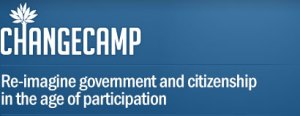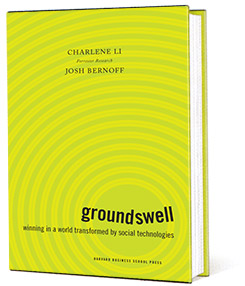Yammer is a tool for helping companies and organizations to be more productive through the exchange of short frequent messages. It functions similar to an instant messaging client, however messages are visible to an entire group of participants, rather than sent as bilateral exchanges between two participants only. Access to a Yammer group is limited to participants with the same email extension (ex: @orgname.com).
 The tool is an invaluable way to collaborate as a team, share quick updates, relevant links and information nuggets, without relying on email. Yammer can be used to quickly collect a list of useful reference materials; share notices of events; share relevant website links; share short industry-relevant news updates; and many other short pieces of information, opinion and knowledge that are relevant.
The tool is an invaluable way to collaborate as a team, share quick updates, relevant links and information nuggets, without relying on email. Yammer can be used to quickly collect a list of useful reference materials; share notices of events; share relevant website links; share short industry-relevant news updates; and many other short pieces of information, opinion and knowledge that are relevant.
The desktop client allows a participant to post and read messages sent to Yammer, and more importantly to be notified of new messages through a taskbar icon. The desktop client extends the use of Yammer to include more timely information sharing, more dynamic online conversations, and improved interaction, knowledge sharing and collaboration.
I’ve been using Yammer at work since Sept 08, and find it to be a great way to share things with the entire team, and have short quick conversations that would be of interest to the entire team. Rather than sending email messages cc’d to everyone, yammer is a great way to ensure that everyone can view the message, and can also search through the archive of messages at a later time. The desktop client certainly extends the value of Yammer, simply because of the notification icon in the toolbar, although the web version does auto-refresh and include a number in the tab-name when new messages appear, which is handy.
 I had the pleasure of attending
I had the pleasure of attending  “Groundswell: Winning in a World Transformed by Social Technologies” by Charlene Li and Josh Bernoff (Forrester Research) is a great read for anyone interested in social media; or in general how to transform an organization to tap into new ways of collaborating.
“Groundswell: Winning in a World Transformed by Social Technologies” by Charlene Li and Josh Bernoff (Forrester Research) is a great read for anyone interested in social media; or in general how to transform an organization to tap into new ways of collaborating. A few years ago I attended a workshop in Washington D.C. led by Steve Denning, formerly of the World Bank, on
A few years ago I attended a workshop in Washington D.C. led by Steve Denning, formerly of the World Bank, on